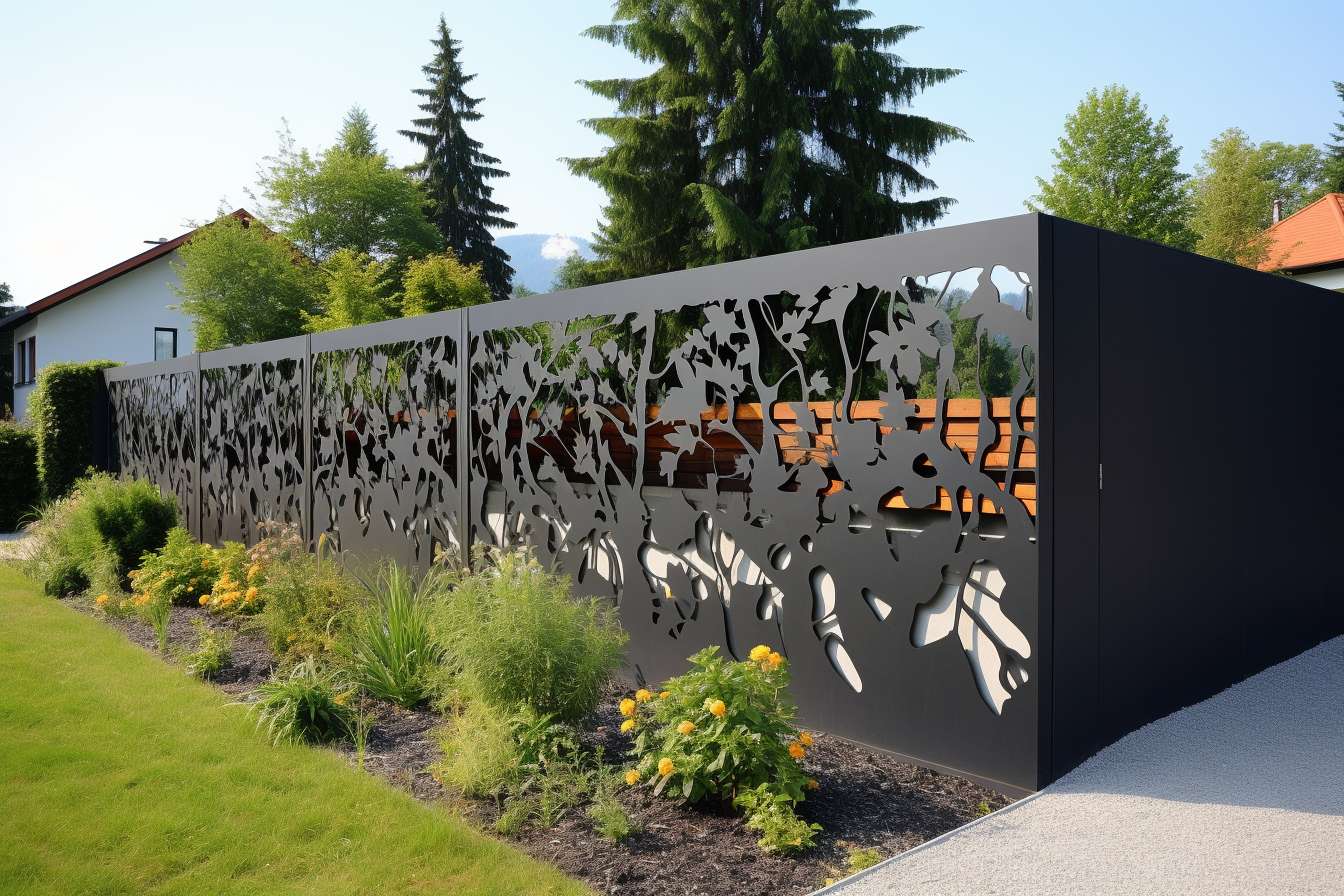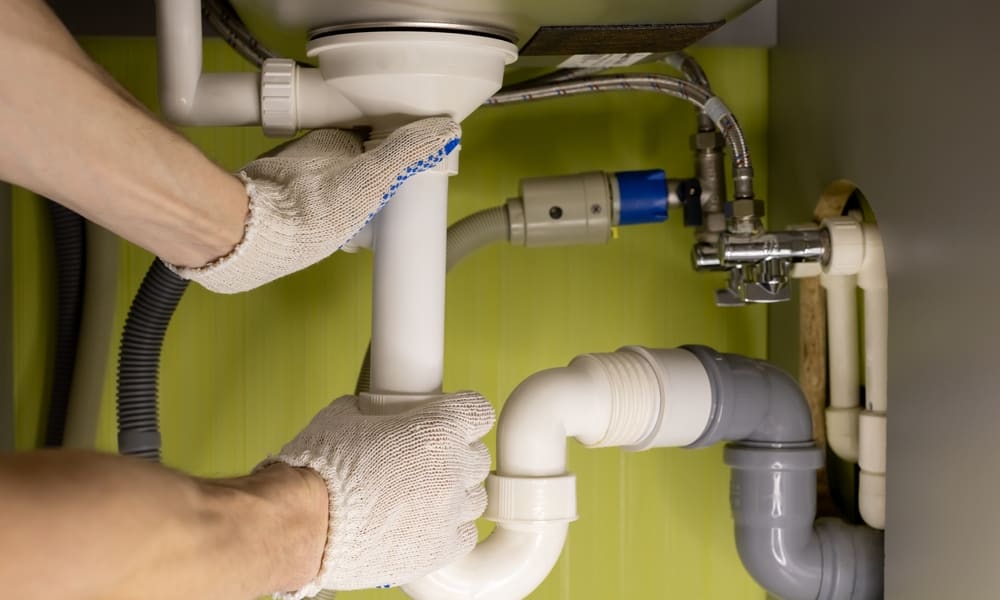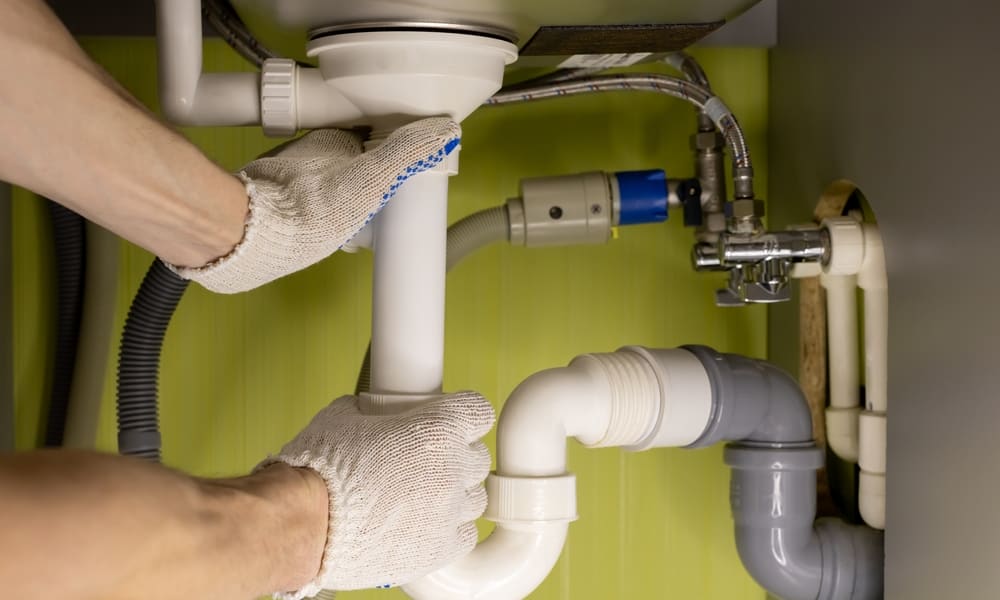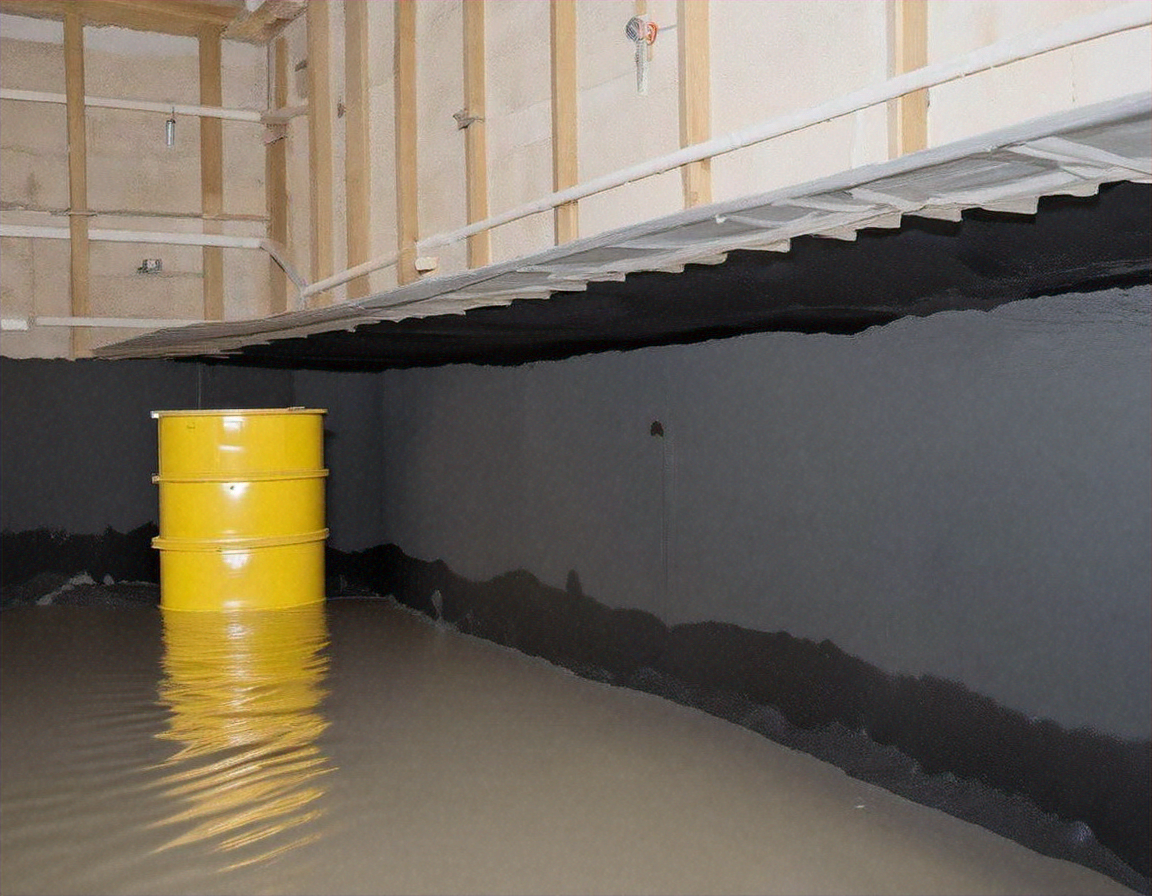Landscaping Services: Planning, Implementation, and Care
Landscaping services cover design, installation and ongoing care of outdoor spaces, from small residential gardens to larger commercial grounds. This article explains what typical landscaping includes, how to plan projects, maintenance needs, ways to find reliable local services, and sustainable practices for long-term health and appearance of your garden or grounds.

What does landscaping services include?
Landscaping services commonly combine several disciplines: landscape design, planting schemes, turfing or lawn renovation, hardscaping (paths, patios, retaining walls), irrigation, drainage and lighting. Contractors may also offer seasonal tasks such as leaf clearance, pruning, fertilisation and pest control. For larger sites, services can extend to earthworks, soil improvement and construction of features like ponds or terraces. When discussing a project with a provider, clarify which elements are included, whether planting plans and materials are supplied, and if warranties or aftercare are offered.
How to plan a landscaping project?
A clear plan starts with an assessment of site conditions: soil type, sunlight, drainage, existing plants and access. Establish functional priorities—entertaining areas, play space, low-maintenance borders—and a realistic budget and timeline. Sketching simple layouts or collecting inspirational images helps communicate preferences to a designer or contractor. Consider phasing larger projects to spread cost and disruption. Planning should also factor in local regulations, conservation or tree-protection orders, and utility locations, so early contact with local services or councils can prevent delays.
What maintenance do landscapes need?
Maintenance requirements depend on the materials and planting choices. Lawns typically need mowing, aeration and feed regimes; shrubs and perennials require seasonal pruning and division; hard surfaces benefit from jointing and pressure washing to prevent moss buildup. Irrigation systems need annual checks and winterising in colder climates. A maintenance schedule tailored to your garden’s species and features helps preserve plant health and appearance while managing costs. Many contractors offer maintenance packages or one-off visits; compare what is included so routine care aligns with the original design intent.
How to find reliable local services?
Start by asking neighbours or local community groups about recent landscaping work and their experience. Check providers’ portfolios and client testimonials, and confirm licences, insurance and any necessary certifications. Request multiple written quotes that break down materials, labour and any subcontracted work. A site visit is essential for accurate costing and identifying constraints. For larger projects, consider hiring separate specialists—a landscape designer for planning and a contractor for build—or choose a firm that provides both. Ensure contracts specify timelines, payment schedules and handling of unforseen issues.
Sustainable practices in landscaping
Sustainable landscaping reduces environmental impact and often lowers long-term upkeep. Practices include selecting native or drought-tolerant plants to reduce water use, improving soil health with organic matter, and creating habitat features such as pollinator-friendly plantings. Permeable paving and rain gardens can manage surface water onsite, reducing runoff and pressure on drainage systems. Reusing materials where possible and choosing locally sourced stone or timber cut transport emissions. When discussing sustainability with a provider, ask about plant provenance, soil improvement methods and recommendations for low-input designs that suit your local climate.
Conclusion
Landscaping services encompass a wide range of design, construction and maintenance tasks that transform outdoor spaces while addressing practical needs like drainage, durability and seasonal care. Effective projects begin with careful site assessment and clear communication with local services about scope, timing and responsibilities. Considering maintenance and sustainable choices early helps ensure the space remains healthy and functional over time, matching both aesthetic goals and practical constraints.



